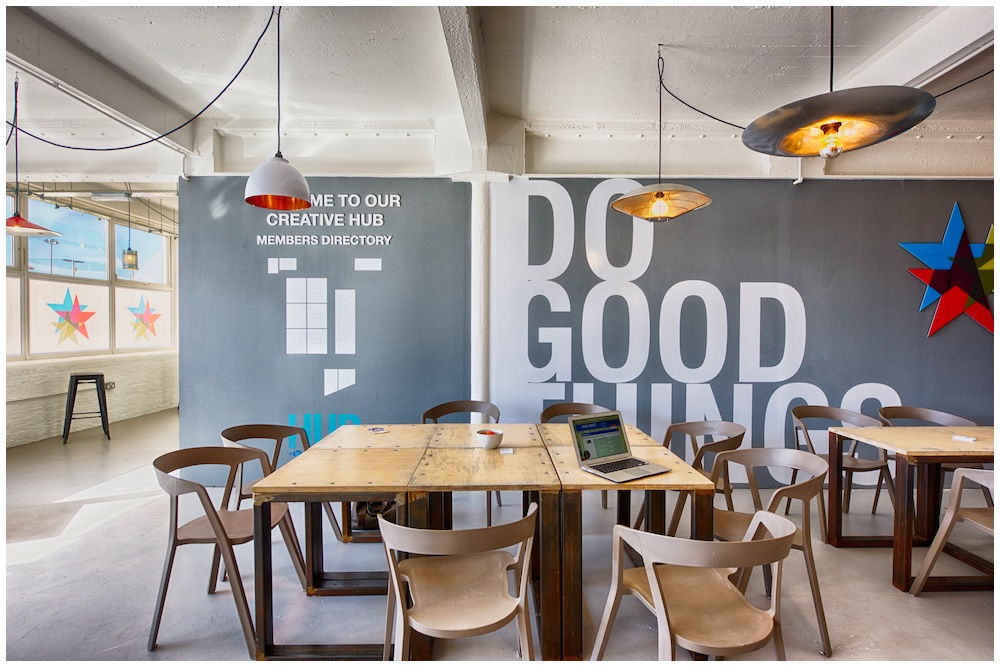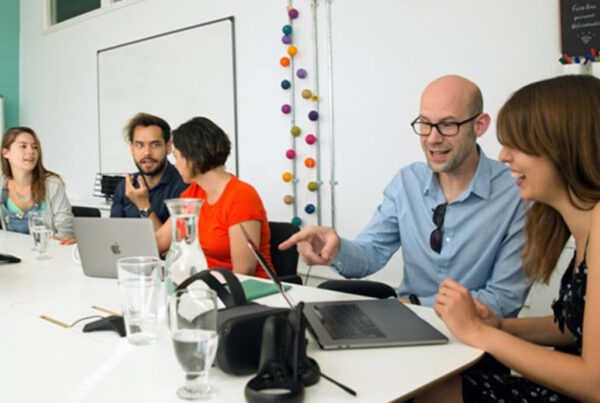Is it time to start experimenting with flexible working and stop trying to predict the future?
That’s the provocative question addressed in a new report looking into entrepreneurs and business owners, how can
they help people adapt to the future employment market as many jobs are automated or off-shored.
The report, produced by the US-based Autodesk Foundation with venture-builder Zinc, which is backed by the London
School of Economics, is called ‘Unlocking Opportunities for People Hard-Hit by Automation and Globalization’.
It investigates the positive and negative effects of change and the inequalities of opportunity that exist between people and places.
Where has flexible working come from?
Many may think of flexible working as a relatively new idea, working in fun offices with bean bags and a ‘hipster’ set up.
This couldn’t be further from the truth. The history of flexible working arrangements dates back to the 1930s with the W. K. Kellogg Co.’s
willingness to deviate from the standard schedules of eight hours a day, five days a week.
The cereal company changed from three shifts of eight hours each to four shifts of six hours.
Its experiment ended when President Franklin D. Roosevelt required companies to run at full capacity for war needs.
In 1945, author Albert Morton Persoff proposed giving all working Americans a paid sabbatical every seven years,
to end unemployment and create a happier, more engaged workforce. His idea did not win universal acceptance.
Fast forward to 1972 when Hewlett Packard offered flexible working arrangements at its Waltham MA plant.
West Germany coined the term “flex time” in 1978, establishing policies to balance work and family. The 1980s gas crisis produced experiments in telecommuting, but not everyone wanted to work from home.
However, it’s been the last 10 years that we have seen flexible working skyrocket and become widely accepted, even demanded.
From top-down policy changes to the war for talent, employers have been motivated to offer more flexible working opportunities to their employees.
The future of work
Unfortunately, we can’t predict the future. As much as we’d like to, it’s an impossible task. This leads us to think of ways to prepare for the future, and if the last 19 months have taught us anything it’s how crucial it is to be able to adapt to change and flexible working can help companies prepare for things such as the unexpected covid 19 pandemic.
Enabling flexible working for teams gives employees the freedom to choose how they work best, flexible working does not fit into a ‘one size fits all. It could be working from home for 2 days in the week and the rest in the office, all dependant on each company, team or person. This is why large companies such as Google and Amazon have adopted this style of working as the norm, to put the best measures in place to adapt to changes such as pandemics, health reasons, or even proposing a more lucrative deal for top talent. Forward-thinking organizations, such as these, recognize the commercial benefits of flexible working. Those same organizations are also alert to the benefits of being a supportive employer providing appropriate work-life balance.
Undoubtedly one of the biggest drivers in flexible working and flexible workspaces has been technology, flexible working would not have the success it does without the ability to do your job in different locations. In the last 10 years, however, improving internet speeds and better-quality video conferencing facilities mean more offsite employees can communicate with colleagues face to face while miles apart. These are key factors in being able to work remotely. As the tech industry will only grow it will give more options for people to change how they work.
Embracing Change
Finland, one of the leading countries for flexible working, has embraced agile hours for decades. This way of working is well suited to the country’s deep-rooted culture of trust, equality, and pragmatism.
The increasing popularity of coworking spaces shows that more companies are slowly starting to move away from traditional working methods and shifting away from the culture of permanent jobs but more towards a gig economy characterized by freelancing, shorter contracts, and entrepreneurship.
As a whole, we should spend less time trying to predict the future of work and more time focusing on what workers really want from work. History has often taught us that our predictions are often wrong. In approaching the complex set of challenges around the future of work, we need to move beyond predictions and forecasts. Economic policies, says the report, have been skewed to the needs of consumers, often at the expense of workers’ needs and wellbeing. That approach needs to change. There should also be a greater focus on understanding the thoughts, feelings, and behaviors of workers to help them to adapt successfully, drawing on the behavioral sciences, perhaps following in the footsteps of Finland.
In an uncertain world, adaptability to changing conditions is a must, so embrace experimenting with flexible working, what’s the worst that could happen?





